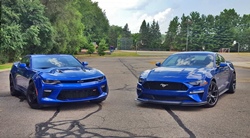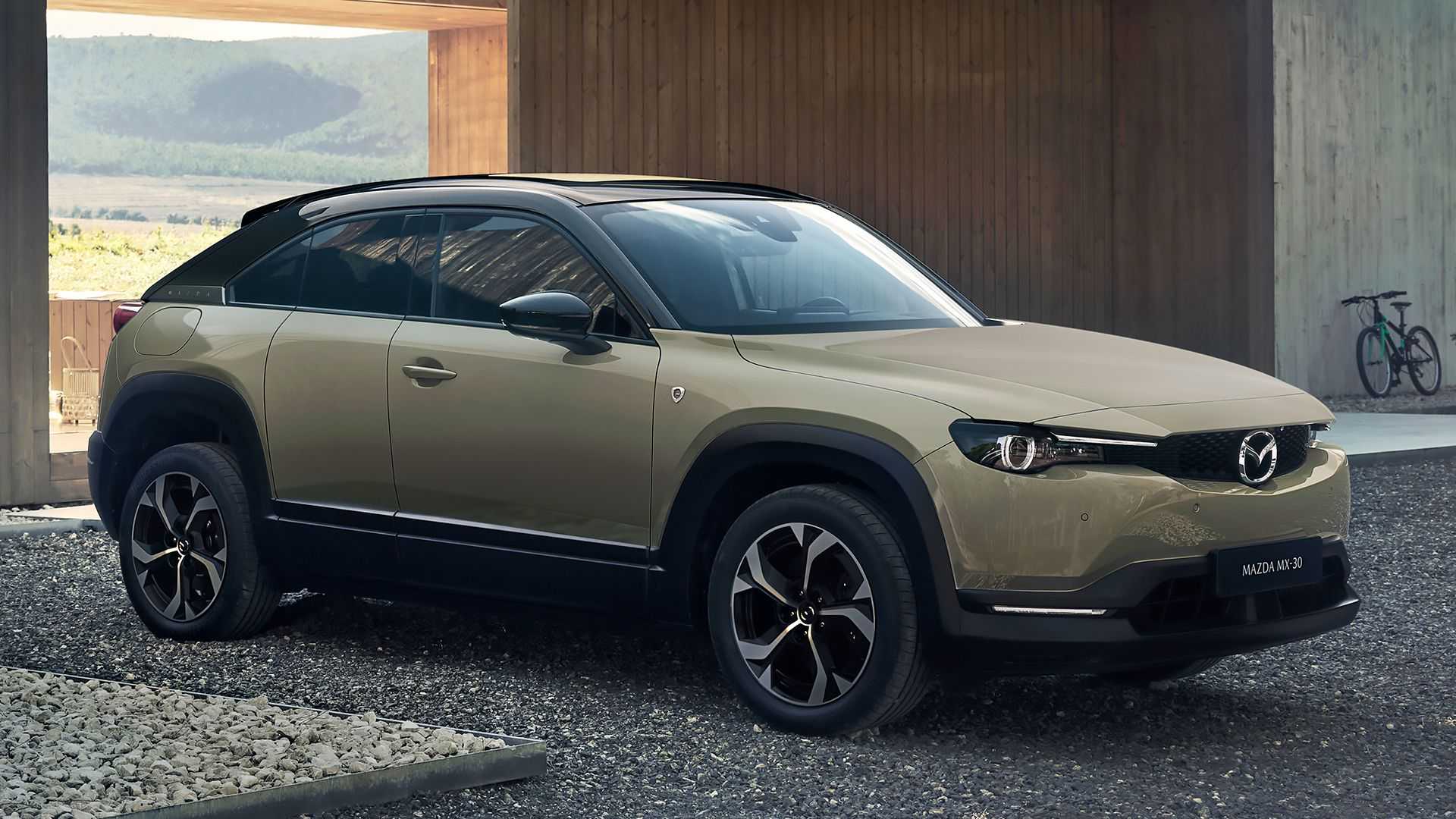In a world where electrified vehicles have rapidly become the new normal for many automakers, Mazda’s near total absence from the market (The MX-30 is the lone exception) is quite noticeable with the brand preferring to invest its time into expanding its lineup of capable utility vehicles.
However, this absence might be intentional with a recent interview appearing to suggest that Mazda’s reluctance to embrace pure electric vehicles is part of a broader attempt to give customers what they want with the U.S. market being put into greater focus as the company attempts to build a greater relationship with buyers here on our shores who are growing more reluctant to embrace EVS and want other green solutions instead in their next vehicle purchase.
Part of a broader plan?
![]()
In a recent interview with Automotive News, Mazda CEO Masahiro Miro described Mazda’s plans for electrification and how it intends to deal with incoming president Donald Trump and his administration. Part of this uncertainty appears to be baked into the company’s projections with Miro confirming that he expects only one-third of the company’s sales to come from plug-in vehicles (BEV and PHEV included) by 2030 with the remainder coming from traditional ICE models and hybrids.
“Customers are looking for affordable solutions rather than electrified solutions. They are looking for better value. They are still looking for a reliable internal combustion engine,” he said. That, Moro told AN, applies particularly to its entry-level models like the CX-30 and Mazda3.
Moro elaborated further slashing his long-term sales projections for electrified vehicles saying that less than 25 percent of EV sales around the world will come from these vehicles a noticeable departure from the 25 to 40 percent prediction he gave a short while back. In addition, the company is also watching what Trump does in regard to tariffs with the changing environment in credits potentially playing a big role in how the company approaches electrification. I’m sure battery EVs will increase, but the pace of penetration will slow a little. Deployment could be pushed back a little,” he said. Miro even confirmed that Mazda’s plans are “prudent” with the goal of being an intentional follower from the very beginning “I want Mazda to secure the freedom of choice of the customer.”
Hybrid sales surpass expectations
![]()
Hybrid sales have proven to be stronger than expected with sales of the CX-50 surpassing the company’s internal expectations with the bigger CX-90 hybrid’s sales also accounting for one-third of the company’s sales. These sales will help the company pursue other projects including a new lithium-ion battery pack by 2030 with this battery having higher energy density and quicker charging rates too. But before the battery makes its appearance, Mazda will bring the rotary engine back into production with the U.S. market getting a two-rotor setup.
“I want a rotary engine that complies with very stringent emission regulations. That is going to be a significant challenge. We are very close,” he said.
A new four-cylinder engine called SkyActiv-Z is also making its debut with the company saying that the new engine will be the ultimate member of its four-cylinder family with more power and better fuel efficiency as well.

Carl Malek has been an automotive journalist for over 10 years. First starting out as a freelance photographer before making the transition to writing during college, his work has appeared on numerous automotive forums as well as websites such as Autoshopper.com.
Carl is also a big fan of British vehicles with the bulk of his devotion going to the Morgan Motor Company as well as offerings from Lotus, MG, and Caterham. When he is not writing about automobiles, Carl enjoys spending time with his family and friends in the Metro Detroit area, as well as spending time with his adorable pets.

